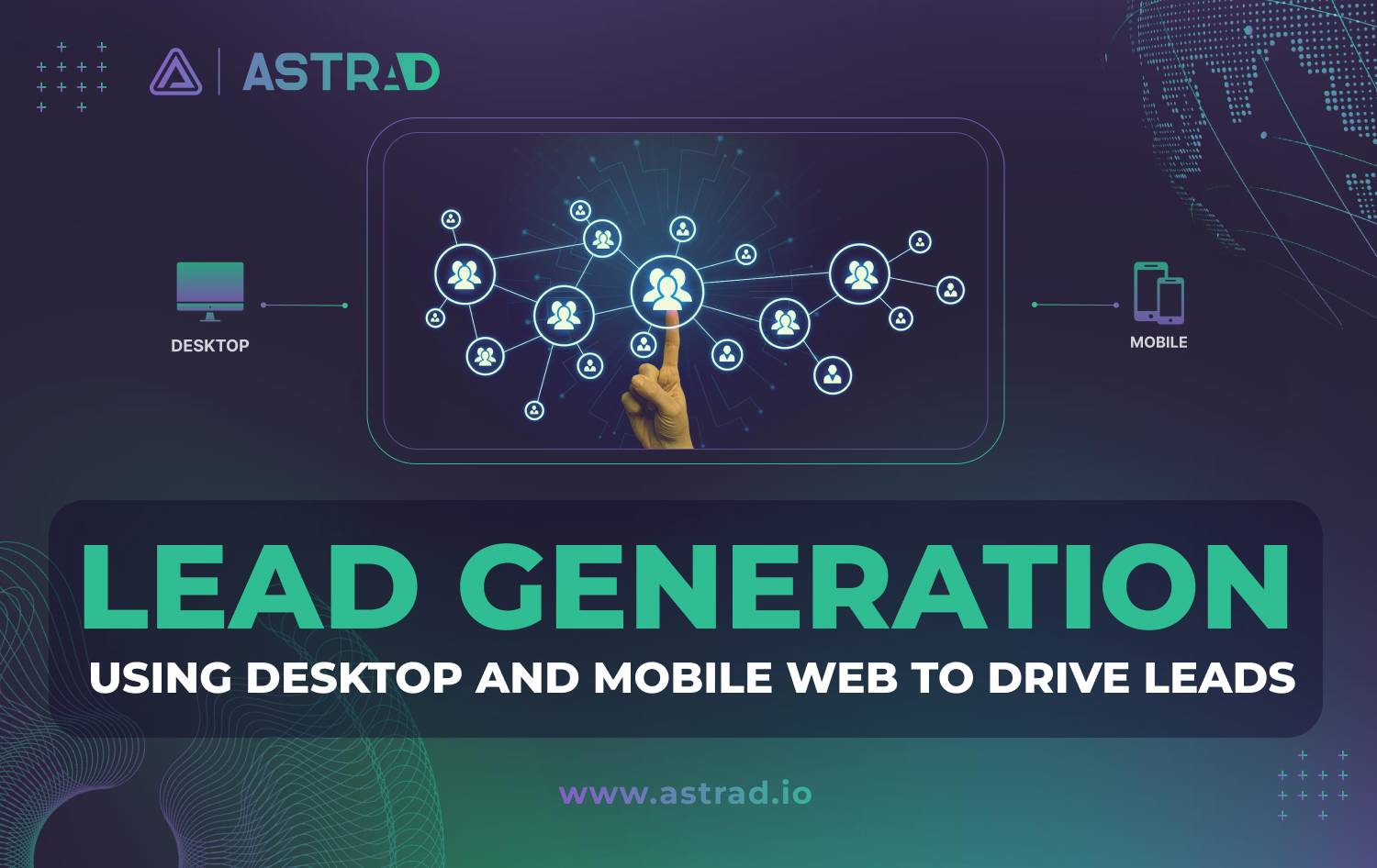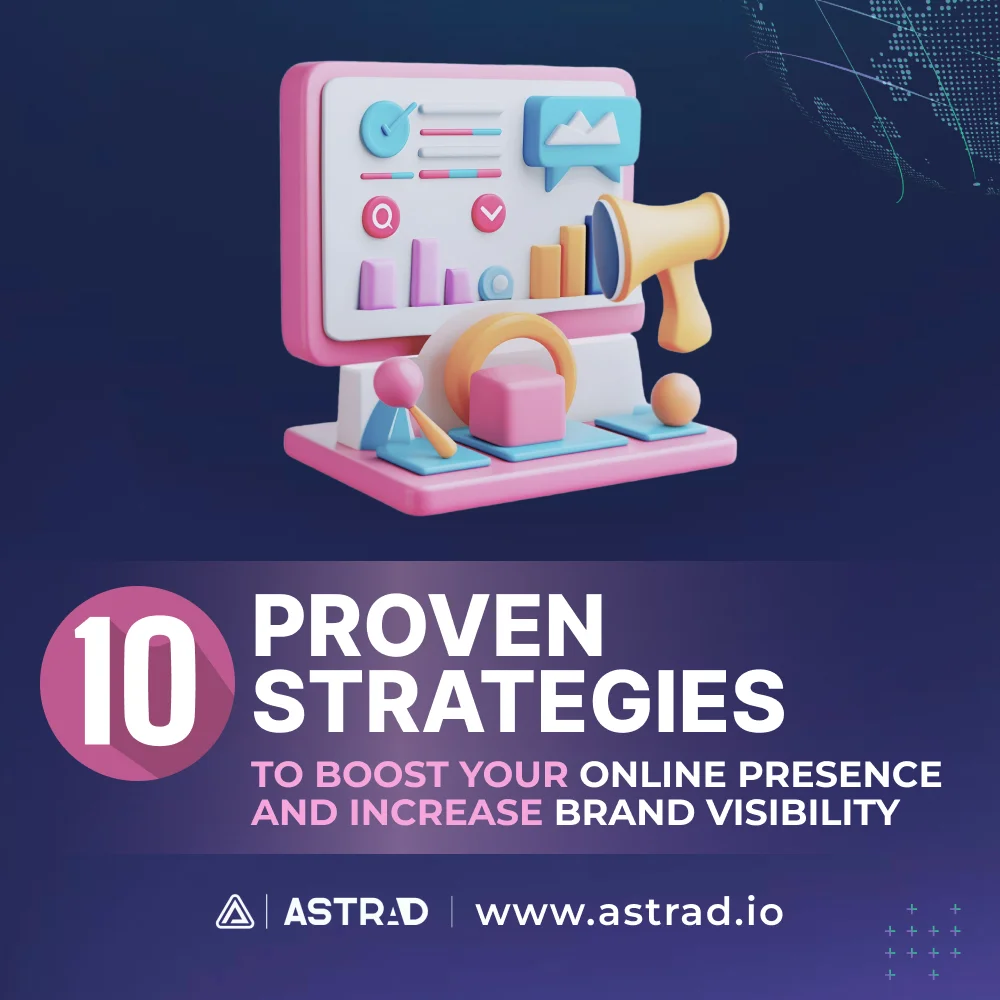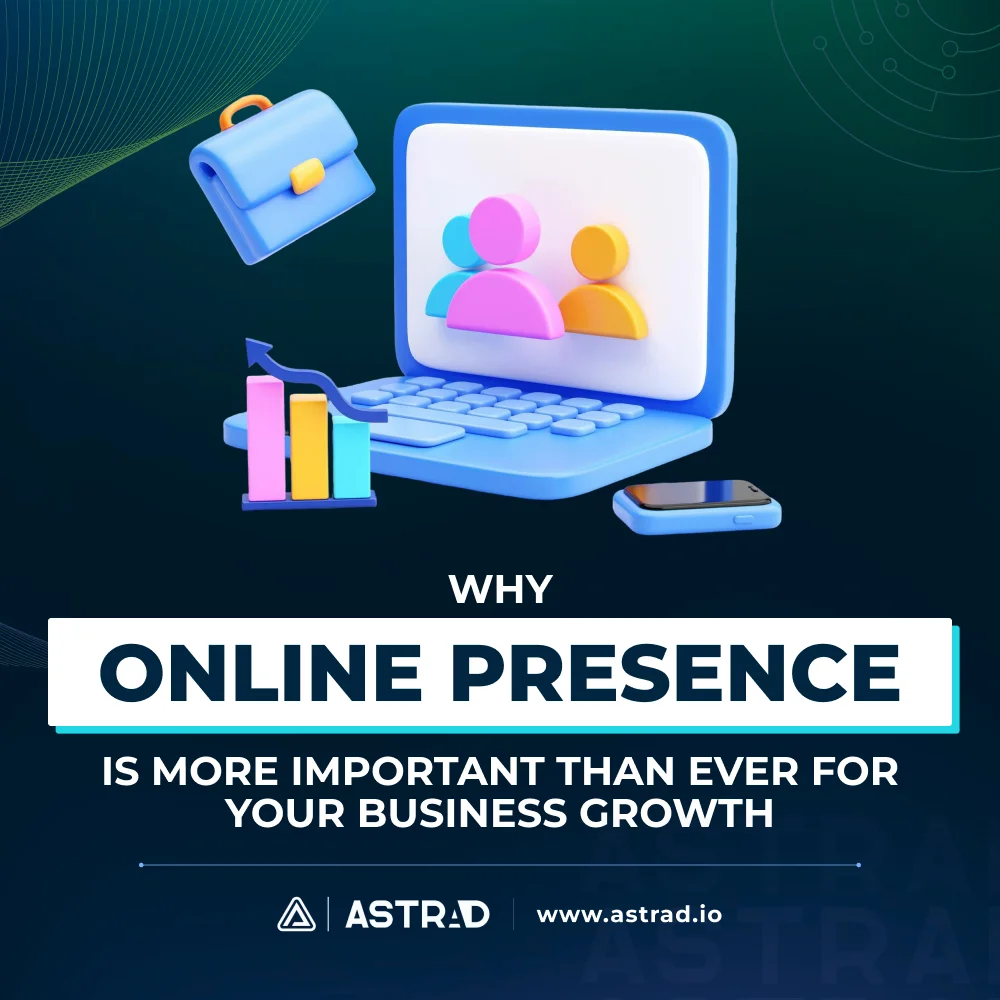Lead generation is capturing people’s interest in a product or service. Marketers use many channels to achieve their weekly, monthly, or quarterly lead generation targets. Display advertising still plays a critical part in the marketing mix.
Astrad can help marketers with lead generation across desktop and mobile web.
Best practices for lead generation
Lead generation performance depends on several things being executed well.
Customization: If you are reaching out to different segments, your messaging should be tailored to the prospects in each segment to improve conversion rates in the sales funnel.
Messaging: Be clear and concise with your messaging. Having your brand, key messaging, and the offer laid out across all ad formats and sizes is essential.
Call-to-action: The call-to-action must be clear. There are many best practices around direct marketing and what words work better than others. Test your call to action.
Landing page: Getting people to click on an ad is just one step in the conversion funnel and the role of the DSP. Once a user is directed to a landing page from an ad, it’s down to the brand to ensure that the landing page works as hard as possible. The landing page must be uncluttered from all other noise and focus 100% on the campaign. It must be aligned with the offer and messaging in the creative. Minimise copy on the page and, where possible, use bullet points. Your goal is to draw attention to the offer. If you need to use forms, keep the number of fields to an absolute minimum. Every additional field decreases the conversion rate significantly. Finally, any trust badges or privacy statements you can show will help convince people to click that submit button.
Test, test, test: Lead generation is one big journey. You need to continually measure and iterate to optimize and maximize the return from your marketing budgets.
Audience targeting and lead generation
One of the contributing factors to getting results out of performance marketing is to make sure that you spend ad dollars reaching the relevant audience versus a spray-can approach. There are three options:
Contextual targeting: Advertisers can group relevant publishers across verticals or interests. For example, suppose you are looking to generate auto-test drive leads. In that case, you may want to try the following: car-related websites in group A and newspapers in group B and compare how a more targeted approach works alongside more broad brush targeting.
Third-party audiences: Advertisers can create specific audience segments on third-party data exchanges like Adsquare or Nielsen. For example, advertisers could create a segment using Nielsen that targets people interested in buying a new car. That segment may have been made from visits to auto websites.
Socio-demographic audiences: Advertisers could follow the traditional and ethical approach and target users based on postcode. For example, in the UK, every postcode is indexed against a car brand. Advertisers could target postcodes that over-index for BMW ownership.
Measurement and optimization
Advertisers can track and optimize against all the metrics in a lead generation campaign: click, landing, funnel step 1, funnel step n, and confirmation. With this insight, advertisers can also determine what is working and what is not.
Multi-channel approach for lead generation
The added benefit that Astrad provides is giving advertisers the option to work across both desktop and mobile, which offers the following advantages:
- Mobile can act as a top-of-the-sale funnel channel, building awareness of the service or the product, while desktop can serve as the place for conversions.
- Pitching desktop against mobile and having two channels available for optimization and shifting budgets based on performance and results.
For more information about the Astrad DMP or how to get started, contact us.






